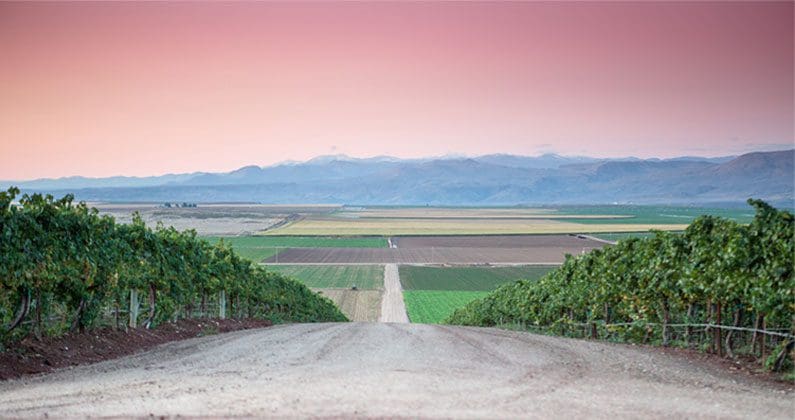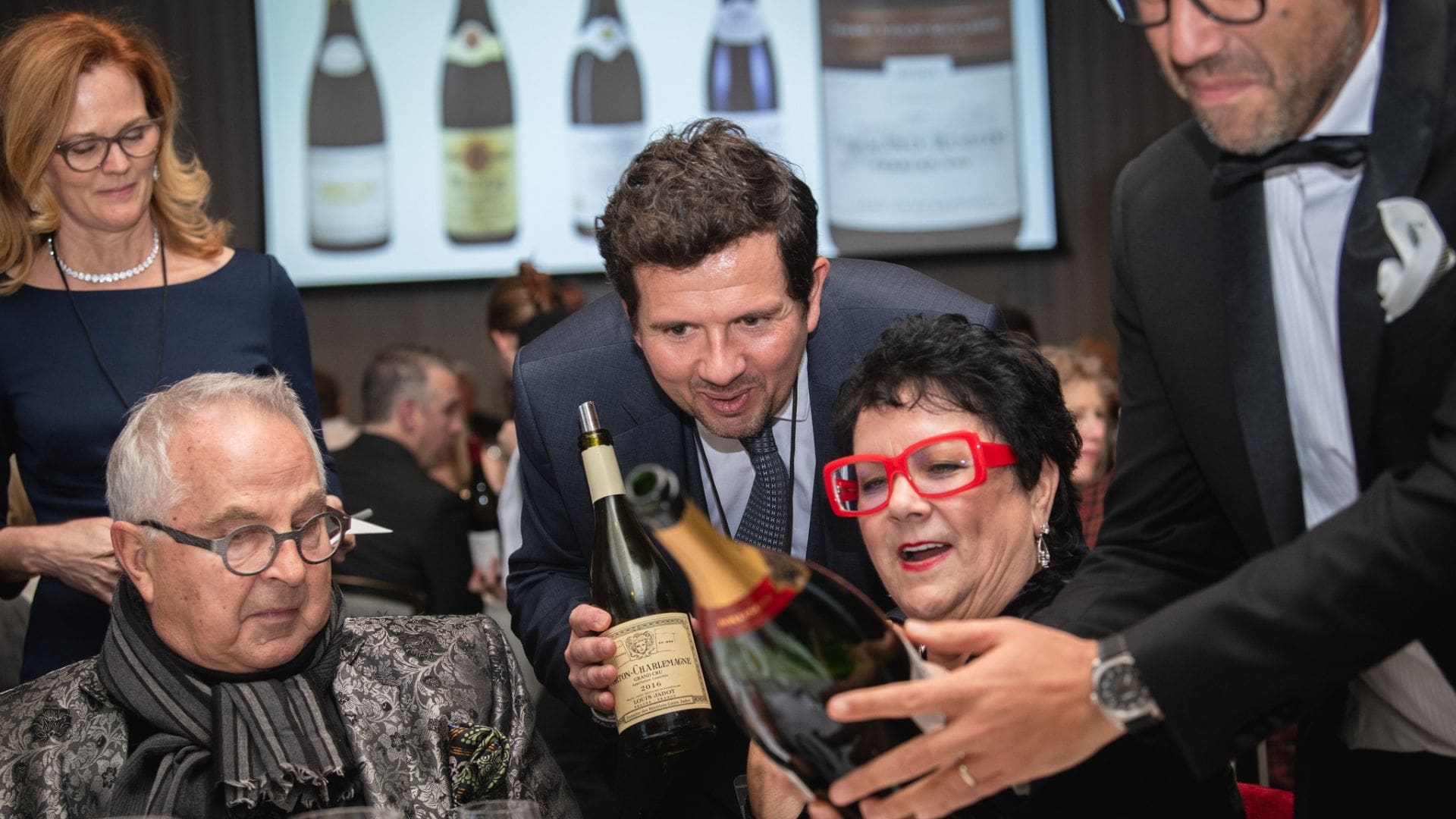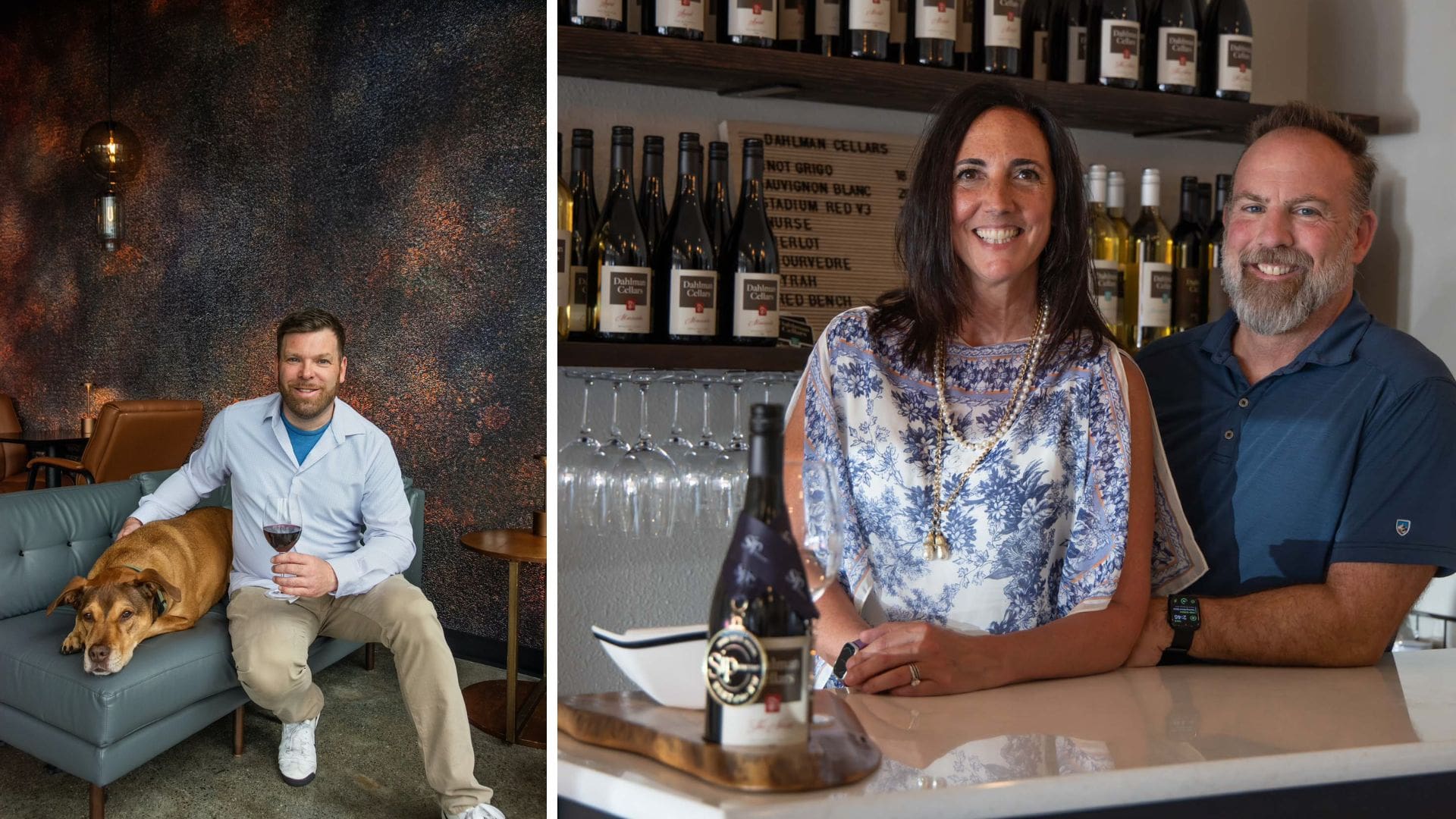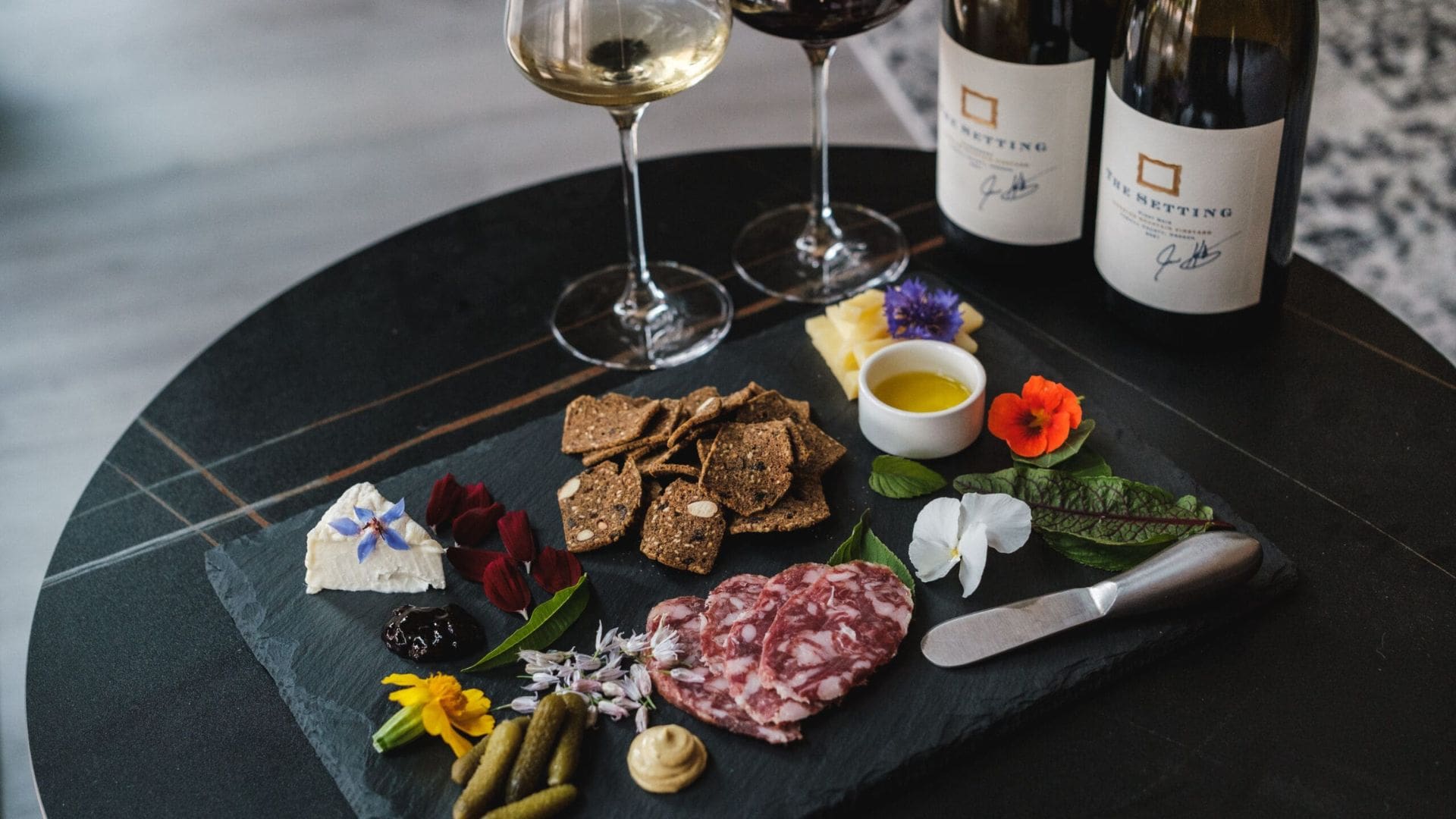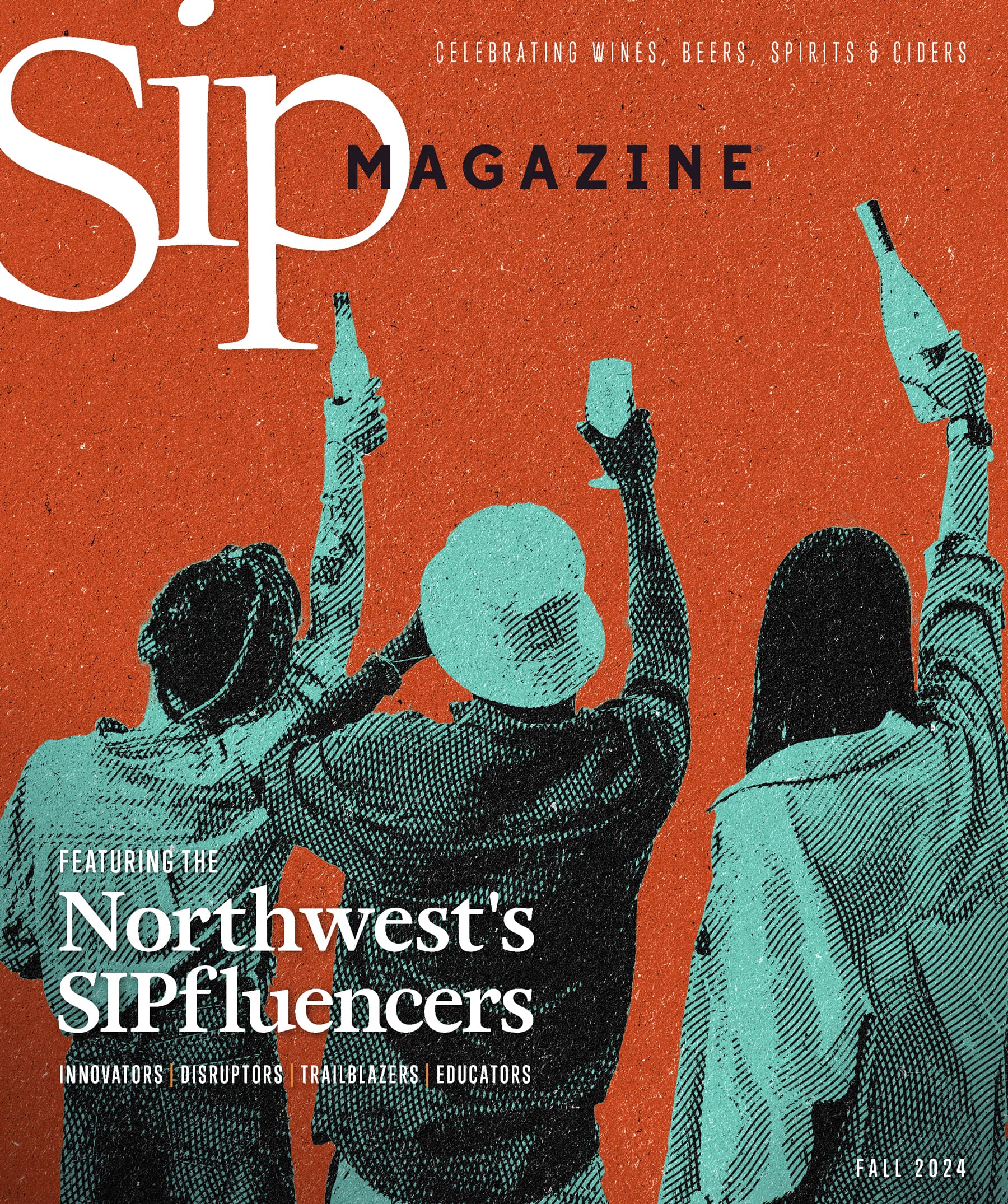There are few things that I enjoy more in life than being proven wrong. No, I mean it. Getting my preconceived notions about the world challenged and changed is actually quite a bit of fun, especially when it involves wine. So when I first heard about Idaho wine, I had what is most definitely a stereotypical reaction: surprise, doubt and maybe a bit of condescension. Yet over the last few months I’ve had a chance to try a number of wines hailing from the Gem State, and I’ve largely been impressed.
Growth is definitely coming to the industry: just a couple of weeks ago the second American Viticulture Appellation (AVA), Eagle Foothills, within the state was approved, and it’s the first to be totally contained within the state’s borders. As a sub-region of the larger Snake River Valley AVA, it lends credence to the unique conditions in Idaho for grape growing. This is a big step in the right direction for Idaho wine, considering for years, many (and most) Idaho producers have been pulling fruit from Washington and Oregon.
Indeed, the first things you hear from anyone you talk to in Idaho are about climate and elevation. Much like Eastern Washington, the viticultural areas of Idaho feature high daytime temperatures during the growing season coupled with big cool-downs at night. This variation, termed “diurnal shift,” is universally beloved by winemakers, since it allows for full ripeness and maturation at harvest, without sacrificing acidity. Elevation’s impact can be less obvious but no less crucial, for reasons like plant disease resistance, vine stress and extended daylight hours.
That said, having a suitable climate and conducive geology to grow grapes is merely the first step in a long process to establishing a wine region, and it’s clear that Idaho is still largely in its infancy. Growers are experimenting with a number of varietals, though to date they’re mostly focused on the major international, building block varietals like Chardonnay, Cabernet Sauvignon and Syrah. There’s nothing wrong with growing those grapes, of course, as they remain the world’s most popular, yet I want Idaho to avoid some of the same pitfalls that other new regions have struggled with—making perfectly good wine that nonetheless doesn’t have much of a sense of place.
The one varietal that consistently gave me that sense of place was, perhaps unsurprisingly, Riesling. Across several different bottlings, like renditions from Koenig Winery & Distillery and Bitner Vineyards both found in Caldwell, the wines showed that while Idaho is in some ways similar to Eastern Washington, it can produce wines with distinctly different character. In fact, I’d liken it more to Austrian versions of the variety, with a slightly richer texture and faint waxiness, than the more linear style of Washington Riesling. Both enchant with notes of crisp green apple and hints of exotic spices, but the Idaho versions I tried tended to have slightly more tension between lushness and austerity, while being quite dry.
It’s that dynamism that would occasionally peek through in other bottlings, though with frustrating inconsistency. That said, as more wine starts coming out of a once-ignored state, I’m sure there will be plenty more chances for me to be proven wrong.

